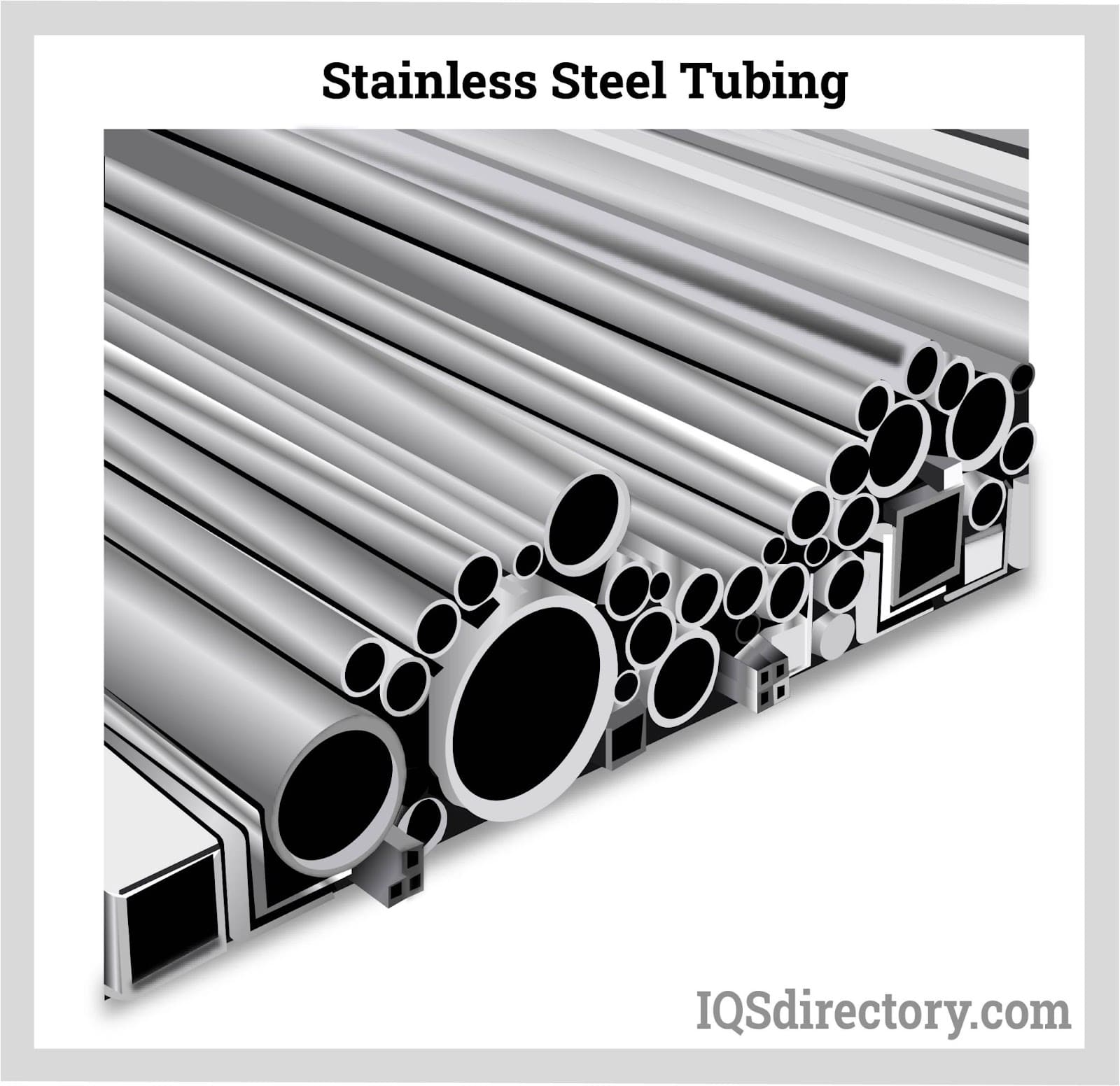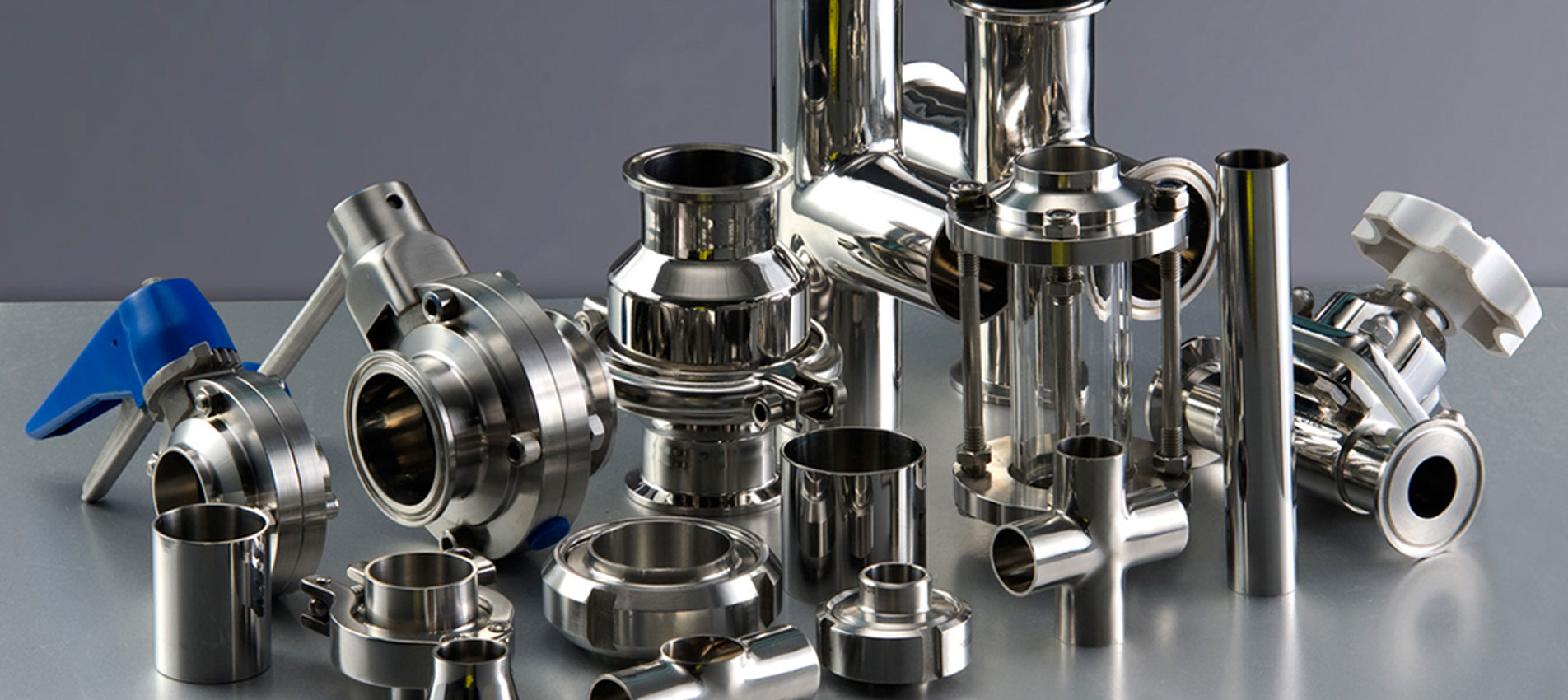Stainless steel plumbing parts stand as the epitome of reliability and longevity in the plumbing industry. Their exceptional properties and diverse applications make them an indispensable choice for both residential and commercial settings. Let’s delve into the world of stainless steel plumbing parts, exploring their advantages, uses, and maintenance.
Types of Stainless Steel Plumbing Parts
Stainless steel is a popular material for plumbing parts due to its durability, corrosion resistance, and ease of cleaning. There are several different grades of stainless steel used in plumbing, each with its own unique properties and applications.
Grades of Stainless Steel
The most common grades of stainless steel used in plumbing are 304 and 316. Grade 304 is a general-purpose stainless steel that is resistant to corrosion and rust. It is often used for sinks, faucets, and other plumbing fixtures. Grade 316 is a higher-grade stainless steel that is even more resistant to corrosion and rust.
It is often used for marine applications, such as boat fittings and water tanks.
Specific Plumbing Components
There are a wide variety of plumbing components that can be made from stainless steel, including:
- Sinks
- Faucets
- Showerheads
- Pipes
- Fittings
Stainless steel plumbing components are a good choice for any application where durability, corrosion resistance, and ease of cleaning are important.
Advantages and Disadvantages of Stainless Steel Plumbing Parts
Stainless steel has become a popular choice for plumbing parts due to its durability and corrosion resistance. However, it is essential to consider both the advantages and disadvantages before making a decision.
Advantages of Stainless Steel Plumbing Parts
- Corrosion resistance:Stainless steel is highly resistant to corrosion, making it ideal for use in plumbing applications where exposure to water and moisture is common.
- Durability:Stainless steel is a durable material that can withstand high pressure and temperature fluctuations, ensuring a long lifespan for plumbing parts.
- Hygiene:Stainless steel is a non-porous material, which prevents the growth of bacteria and mold, making it a hygienic choice for plumbing applications.
- Aesthetic appeal:Stainless steel has a sleek and modern appearance that can enhance the aesthetics of any bathroom or kitchen.
Disadvantages of Stainless Steel Plumbing Parts
- Cost:Stainless steel is a more expensive material than other options, such as copper or plastic.
- Difficulty in installation:Stainless steel is a harder material to work with, requiring specialized tools and skills for installation.
- Susceptibility to chloride attack:Stainless steel can be susceptible to corrosion in environments with high chloride levels, such as coastal areas.
- Magnetic properties:Stainless steel is magnetic, which can attract metal particles and debris over time.
Applications of Stainless Steel Plumbing Parts

Stainless steel plumbing parts find diverse applications across residential, commercial, and industrial settings due to their exceptional properties.
In residential settings, stainless steel is commonly used for:
- Kitchen sinks and faucets: Stainless steel’s durability and resistance to corrosion make it an ideal choice for these heavily used components.
- Bathroom fixtures: Showerheads, towel bars, and toilet paper holders made of stainless steel offer a combination of aesthetics and longevity.
- Water supply lines: Stainless steel pipes are preferred for water distribution due to their resistance to scaling and bacteria growth.
In commercial and industrial settings, stainless steel plumbing parts are employed in:
Commercial
- Food processing facilities: Stainless steel’s resistance to corrosion and ease of cleaning make it essential for maintaining sanitary conditions.
- Healthcare facilities: Hospitals and clinics rely on stainless steel for its hygienic properties and resistance to harsh cleaning agents.
- Commercial kitchens: Stainless steel sinks, work surfaces, and appliances ensure durability and easy maintenance in high-traffic environments.
Industrial
- Chemical processing plants: Stainless steel’s resistance to corrosion and high temperatures makes it suitable for handling corrosive chemicals.
- Oil and gas refineries: Stainless steel pipes and fittings withstand extreme temperatures and pressures in oil and gas extraction and processing.
- Water treatment facilities: Stainless steel tanks, pumps, and valves play a vital role in water purification and distribution systems.
Maintenance and Care of Stainless Steel Plumbing Parts

Maintaining the cleanliness and integrity of stainless steel plumbing parts is crucial for ensuring their longevity and optimal performance. Proper care and maintenance practices help prevent corrosion, extend the lifespan of the components, and ensure a hygienic water supply.
Cleaning and Maintenance, Stainless steel plumbing parts
- Regular Cleaning:Regularly wipe down stainless steel plumbing parts with a soft, clean cloth dampened with warm water. Avoid using abrasive materials or harsh chemicals, as these can damage the surface.
- Mild Detergents:For more thorough cleaning, use a mild dish soap or stainless steel cleaner diluted in water. Rinse thoroughly with clean water after cleaning.
- Remove Hard Water Deposits:If hard water deposits accumulate on the plumbing parts, use a vinegar-based solution to dissolve the deposits. Soak the parts in the solution for a few hours, then rinse thoroughly with water.
Special Considerations
- Avoid Harsh Chemicals:Do not use bleach, chlorine-based cleaners, or other harsh chemicals on stainless steel plumbing parts. These chemicals can damage the protective oxide layer, making the parts more susceptible to corrosion.
- Protect from Scratches:Handle stainless steel plumbing components with care to avoid scratches or dents. Scratches can create areas where corrosion can initiate.
- Regular Inspection:Periodically inspect stainless steel plumbing parts for signs of corrosion, leaks, or damage. Address any issues promptly to prevent further deterioration.
Final Conclusion

Stainless steel plumbing parts have proven their worth as a durable and versatile solution for various plumbing applications. Their corrosion resistance, longevity, and aesthetic appeal make them a preferred choice for discerning homeowners and professionals alike. By embracing the benefits of stainless steel plumbing parts, you can ensure the integrity and longevity of your plumbing system for years to come.
